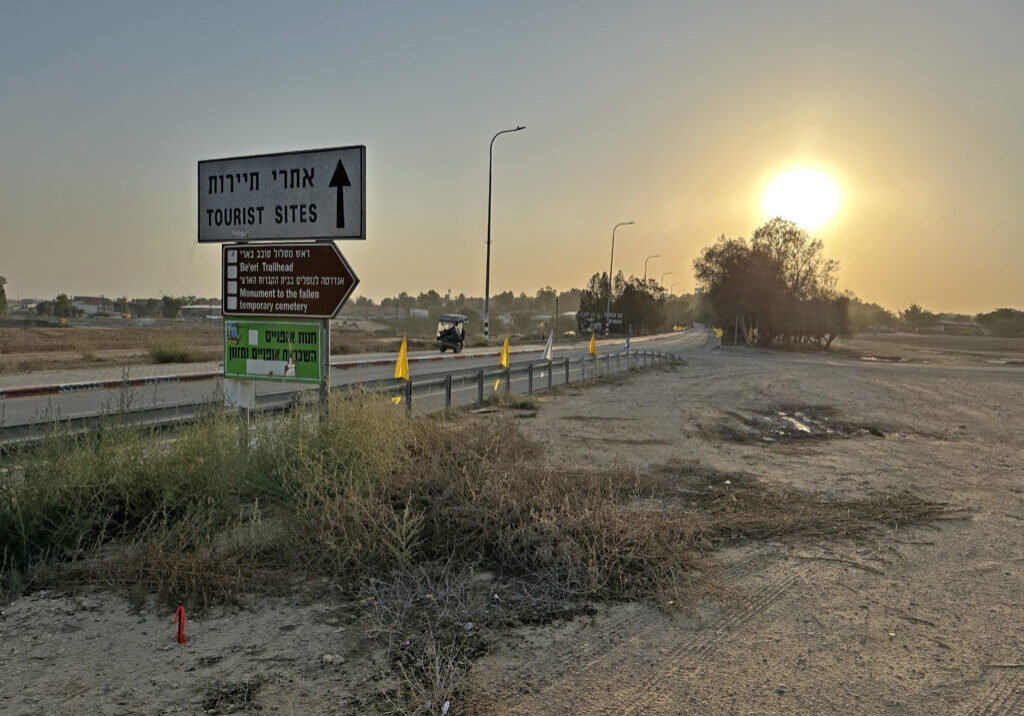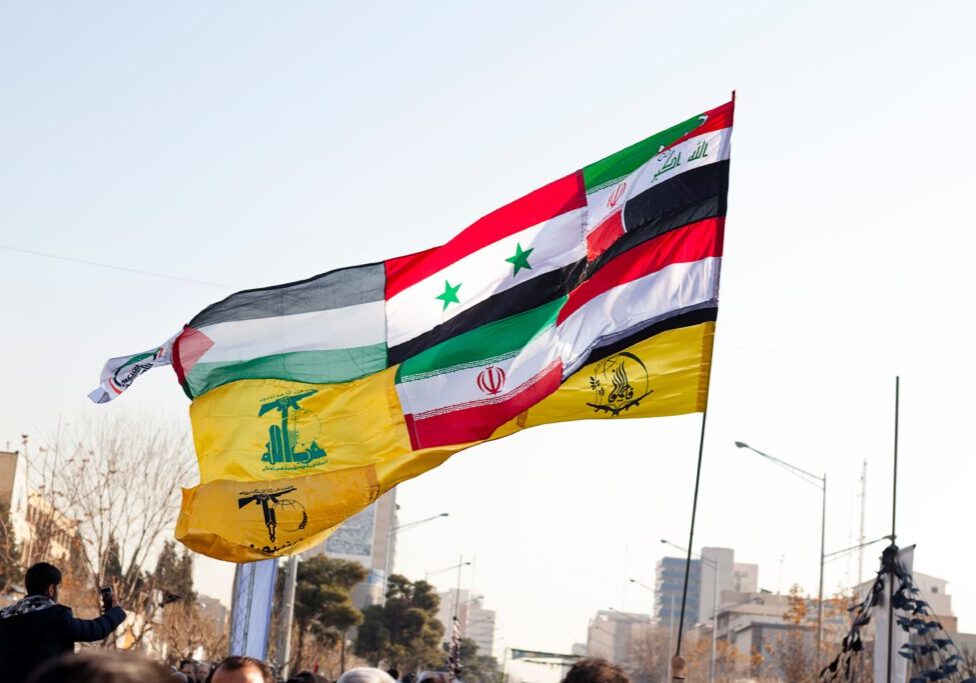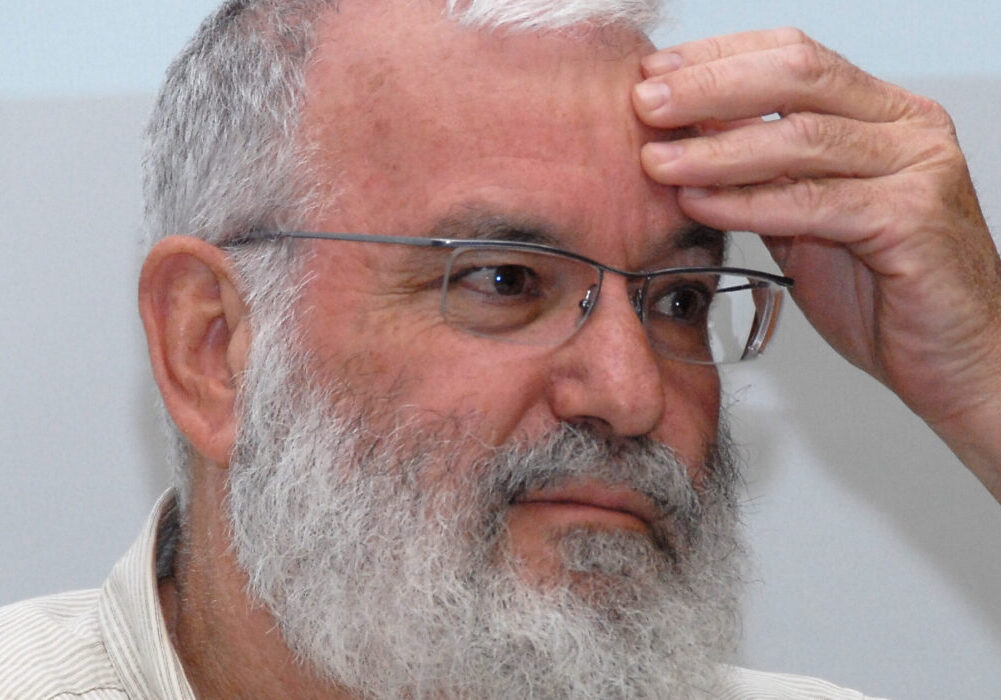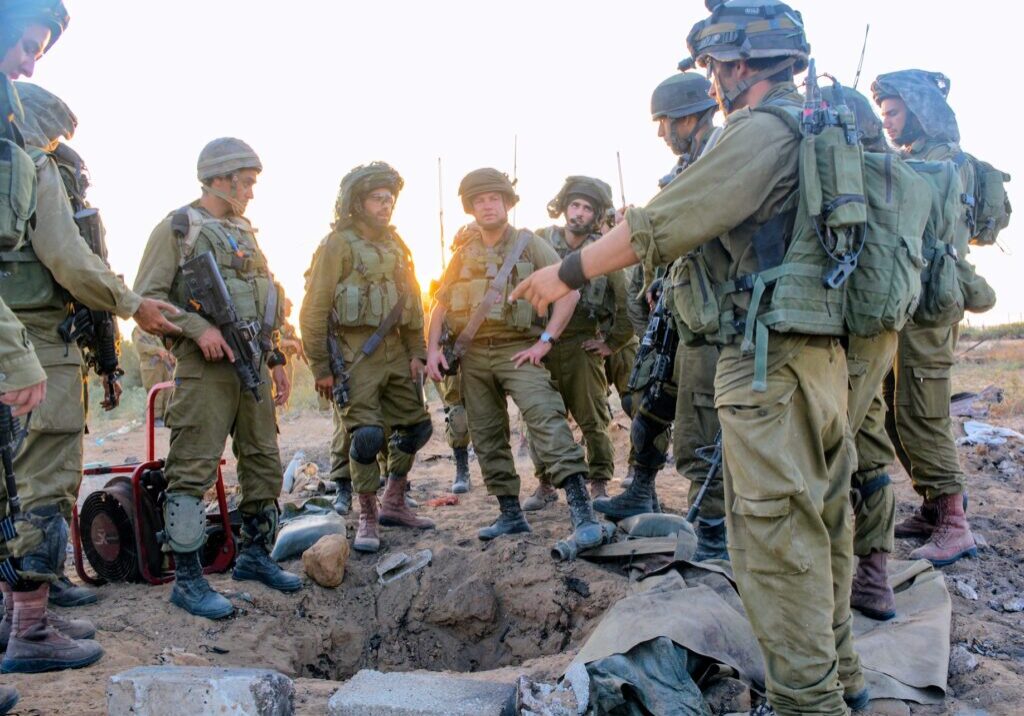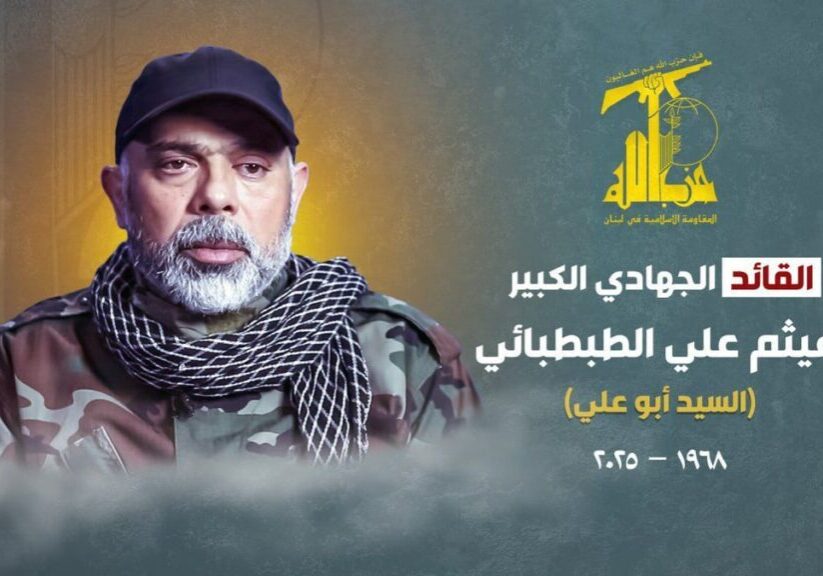Australia/Israel Review
Deconstruction Zone: The sky is not falling in Israel
Jan 25, 2012 | Gerald Steinberg

Gerald Steinberg
Judging from media reports, Israel might appear to be in the midst of a radical and violent political and religious polarisation. “Hilltop youth” from the settlements are seen allegedly burning mosques, as well as attacking “peace activists” and even Israel Defence Force officers. Haredi (ultra-Orthodox) men are shown assaulting secular women in segregated buses and even on sidewalks, and members of Israel’s democratically elected Knesset are portrayed as waging war against the courts and civil society.
As in many press reports on Israel, the reality is often sensationalised and exaggerated out of all proportion, both for commercial reasons (“Jews are news”) and as part of the campaign to portray the Jewish nation-state as doomed to failure.
In reality, Israeli society is far more unified than, for instance, American society, with its all-out ideological warfare between conservatives and liberals. Unlike in the United States and many European societies, the conflicts and acts of violence from Beit Shemesh to Mea Shearim are confined to small fringes, and they reflect the ideological and power struggles between the different extremes.
In each case, the fringes on both sides benefit from the confrontation and manipulate the clashes in order to promote their visibility and power. The perpetrators of the attacks on women (and even schoolgirls) and of other forms of violence are known as the Sikarikim – a small Haredi fringe seeking to gain attention through extremism. At most, a few hundred individuals are involved. In contrast, the vast majority of this community, like other Israelis, is clearly repulsed by this violence, and many rabbis have denounced these actions.
But in parallel, Israel also has an intolerant ultra-secular fringe, waging ideological war against what they see as closed and antiquated versions of Judaism, and the Haredi community’s failure to carry its weight economically or in the army. In politics, as in physics, for every action by one extreme, there is an equal and opposite reaction. The attacks on the women and girls have provided the excuse for the anti-religious to spring into action. On both sides, supporters have been bombarded with warnings of dire threats to treasured values unless the faithful stand strong.
Violent incidents involving a small group of young extremists in the settlements, under the name of tag michir (price tag) follow a similar pattern. Fundamental questions related to the borders of Israel, the status of settlements beyond the pre-1967 “green line” and whether a lasting peace agreement with the Palestinians is possible remain wide open and intensely debated. Most of the settlement community is repelled by this crude violence, and the tag michir group represents the hardcore fringe. But they gain legitimacy by opposing groups from the other ideological extreme, such as Peace Now and Machsom Watch. Both sides use headlines and attention to promote their visibility and influence, and to attract funding.
In contrast, the vast majority of Israelis are alienated by all of these groups, as reflected in voting behaviour and public-opinion polls. The general public across the religious-secular and left-right spectrum rejects both the ideologies and the use of violence and intimidation. Israelis have grappled with a number of very complex dilemmas for decades, and most realise that radical “solutions” and miracle cures don’t work.
But in both the Israeli and international media, each incident becomes a headline – a certain sign that Israel is cracking at the seams. Many reporters ignore or don’t understand the unique complexity that Israelis face. These details fare poorly in the competition for news space. Other journalists have a pre-formed hostile attitude toward Israel, blowing any incidents out of proportion and giving all of the fringes far more credit than they deserve. This gives the extremists the attention and influence they crave.
Israel is a very complex country, with more than its share of rough edges and plenty of room for improvement. But the manipulated images of violence and extremism are far from the reality.
Professor Gerald Steinberg is the founder of the Program on Conflict Management and Negotiation and teaches in the Department of Political Studies at Bar Ilan University. He is also the Executive Director of NGO Monitor. © Canadian Jewish News, reprinted by permission of the author, all rights reserved.
Tags: Israel

